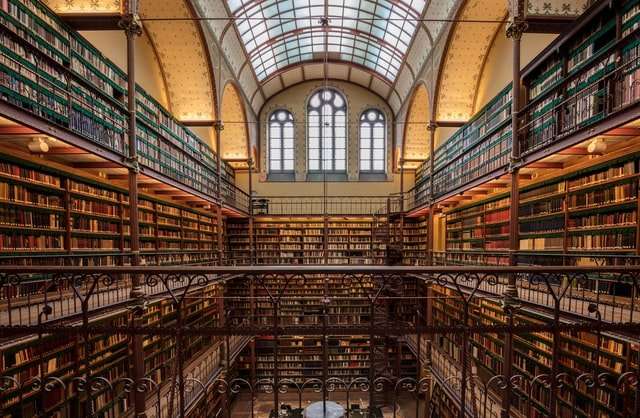The 4 essentials of fine art photography are: Composition, lighting, post-processing and subject matter. I will provide you with the fundamental basics of each of these topics that will allow you to create high quality fine art photos of your own.
A fine art image is an image where a photographer specifically chooses the elements within their composition to achieve a certain look. There is a lot more to fine art photography than just choosing the right elements though. It’s also essential to know and understand how post-processing can affect your images, as well as understanding what makes a great subject matter for your photograph.
Fine art photography is not defined by what kind of camera you use. It’s defined by the images you create.
Fine art photography is defined by the way you see the world and how you choose to portray that vision in your work.
In this guide I’m going to share with you my thoughts on composition, lighting, and post-processing. These are not rules or commandments, but rather guidelines for the creation of fine art photographs.
The main goal of this guide is to help you create better images and become a better photographer.
Fine art photography is a term which is used to describe work of the highest caliber. It is the pursuit of a photographer who seeks to create images that are not just aesthetically pleasing, but also have a deeper meaning or theme behind them.
What does fine art photography involve? It involves much more than simply taking pictures and processing them in Photoshop to make them appear better. It requires an understanding of how light works, how it affects the subject, and how you can use light to enhance your subject matter.
Long gone are the days when photography was just about capturing a picture on film. The advent of digital cameras and post-processing software has changed the game and it is quite different now. Fine art photography goes beyond just setting up your camera, pointing it at your subject, and clicking the shutter button. There is so much more to it than that.
The role of the artist is to ask questions and find answers. The role of the audience is to question and explore the answers.
Fine art photography is a very broad term that covers all facets of photography, including social, journalistic, travel, wedding, fashion and concept photography. The common factor in all these types of photography is creativity.
Today’s world has realized the power of photographs and how they can influence thoughts and feelings. This influence can be positive or negative, depending on the way it is used. Some photographers use their skills to create fine art while some others use them to sell products or ideas.
Fine art photography has its own intrinsic value that cannot be quantified in monetary terms. A photograph may look simple but it requires not only technical perfection but also creative thinking when it comes to composition and lighting. A fine art photographer must be a true artist who understands the nature of light, form and color to capture images that are pleasing to the eye.
Fine art photography is all about the images, but it is also about the process. A good fine artist knows what they want out of an image and how to get it out of their gear.
Fine art photography has a set of principles that govern it. These principles are universal and apply to any camera and lens combination. Because of this, the camera becomes a medium through which the artist expresses themselves and limits that can be pushed further than with conventional photography.
This series focuses on the fundamentals of fine art photography and how to apply them to any camera or lens combination you might use. It will be broken into two parts: equipment and technique.
The second part will go into more depth about how different lenses affect your images as well as some other post processing techniques such as editing in black and white or adding grain.”
By knowing the rules of composition and light, you won’t find yourself in a situation where your photo could’ve been better had you known them.
By knowing how to post-process your images, you’ll be able to create photographs that are indistinguishable from those created by a professional photographer. And by knowing these two things, you’ll be able to apply them at will to any photograph you like, creating art from what was originally just an image.
As someone who works with photographers every day, I’m always surprised by the number of people who think that the point of taking a picture is to take a picture. I have no doubt that some of them took great photos by chance, but for most people this is not the case._
A fine art photographer has one primary mission, and that is to provide a piece of work that is unique and will stand the test of time. It must be something that cannot be found elsewhere.

